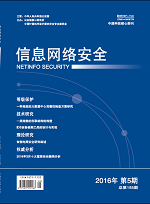Physical layer security lies in the benefit of key sharing needlessness. The premise of physical layer security is based on the wiretap channel to prevent the transmitted signals cannot be recovered by the undesired eavesdroppers with signal processing or coding methods. Meantime, multiple antennas technique has been proved a efficient to improve channel capacity, besides that the redundancy brought by the multiple antennas technique can provide more possibilities to reduce the wiretapping level of the eavesdroppers. Thus, it is desired to overview the existing physical layer schemes. The existing researches on physical layer security issues in multiple antennas system can be classified as four categories: firstly MIMO wiretap channel has been investigated as the basic model; secondly, multiple users with multiple antennas is another important model including broadcast channel, multiple access channel, and interface channel; thirdly, focusing on MIMO cooperation communication, the existing researchers consider trusted relay and untrusted relay scenarios; lastly, cross layer security framework including physical layer is also desired to be considered with two key problems, physical layer key sharing and physical layer authentication. By summarizing the existing scheme design principle, the future research direction is demonstrated.

